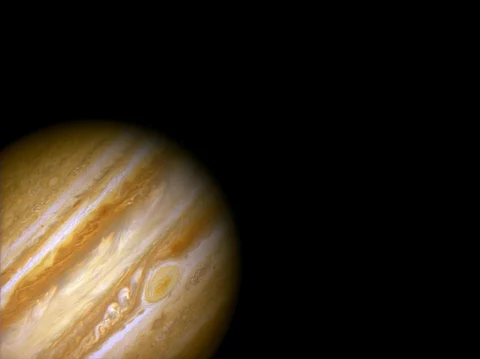Researchers at NASA's Jet Propulsion Laboratory in Pasadena, California, have been studying the cumulative effects the impacts have on Europa's surface as part of their preparations to send a probe mission to the distant moon later this decade. The study, published Monday in the scientific journal Nature Astronomy, explains how the JPL scientists, using models, determined that the icy surface of Europa had been churned by small impacts to an average depth of about 30 centimeters over tens of millions of years. And that any molecules that might qualify as potential biosignatures — including chemical signs of life — could be affected at that depth.


